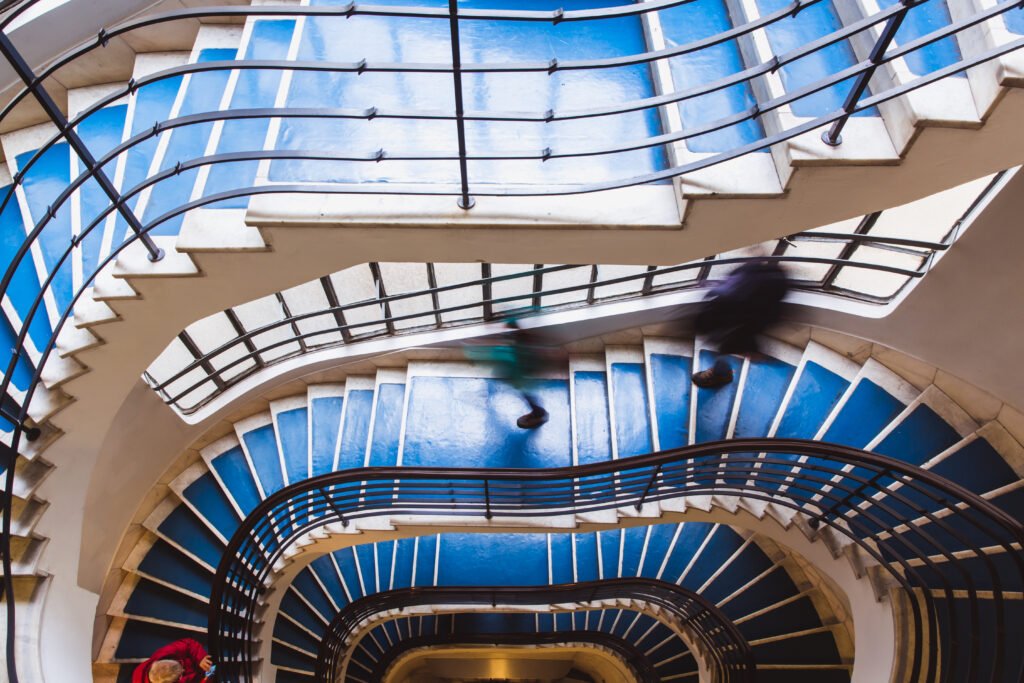Abstract art has secured a privileged place in the contemporary imagination. From renowned galleries to domestic environments, it stands as a symbol of sophistication, subjectivity, and aesthetic freedom. However, its value is not just a matter of taste. Several factors explain why abstract paintings are highly sought after, desired, and often highly valued in the art market.
By eliminating the need for figurative representation, abstract art opens the way for personal interpretations, awakening unique emotions in each observer. This subjective aspect is itself a powerful symbolic value. But historical, market-related, and cognitive elements also help explain why buying abstract art has become a relevant cultural and financial investment.
Abstract Art as a Symbolic and Emotional Asset
The first point to consider is that abstract art operates on an affective dimension. According to the study Emotional Engagement with Non-Representational Art, published in 2020 by the University of Cambridge, abstract works activate brain areas associated with emotional memory, empathy, and introspection. This happens because, by not presenting a concrete image, they invite the audience to project their own experiences and feelings onto the work.

This emotional engagement is one of the factors that make abstract paintings so attractive to those who seek more than decoration: they want connection. It is no coincidence that architects, environmental psychologists, and designers have pointed to abstract art as an effective resource to create atmospheres of well-being, introspection, and creativity in both residential and corporate environments.
Furthermore, the symbolic value associated with the formal freedom of abstract positions it as a sophisticated choice. Unlike more traditional styles, it communicates boldness, autonomy, and openness to the new. Therefore, by buying abstract art, collectors assert an aesthetic and philosophical stance in the world.
Market Appreciation
Abstract art is not just a powerful language; it is also a financial asset with a solid track record of appreciation. According to the study Art as Investment: Historical Returns and Market Patterns, published in 2022 by the London School of Economics, abstract works showed an average annual growth of 8.4% over the last two decades, standing out among the best-performing segments at auctions.
This appreciation is not solely dependent on big names like Rothko, Kandinsky, or Pollock. The contemporary art market has opened space for emerging artists working with abstraction, offering opportunities for both experienced investors and new collectors. Today, the sale of abstract art moves millions in international fairs, digital auctions, and specialized online galleries.
This growth is directly linked to the globalization of taste and the expansion of access. With market digitalization, it has become easier to find the best places to buy abstract art with reliable curation, certification, and provenance. Platforms like Artsy, Artspace, and independent galleries offer works at various price points and styles, broadening the audience and democratizing investment.
Art Beyond Profitability
It is worth noting that beyond profitability, many buyers seek abstract for its impact on space. A well-placed abstract painting can completely transform a living room, office, or entrance hall. It becomes a point of visual energy, contemplation, and even identity. This power to transform space is one of the reasons why abstract art remains in high demand despite passing trends.
Therefore, abstract art is valuable not only because of market prices but because of what it represents: freedom, emotion, innovation, and timelessness. Whether to collect, decorate, or invest, it remains one of the most influential and accessible languages in the contemporary artistic scene. For those starting in this universe, there are now numerous reliable options for where to buy art with quality and security.



